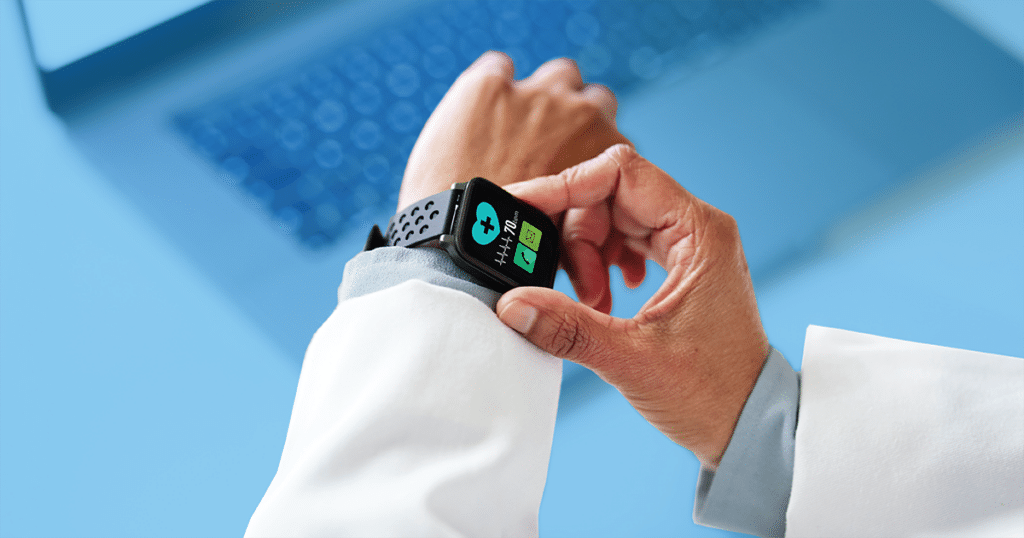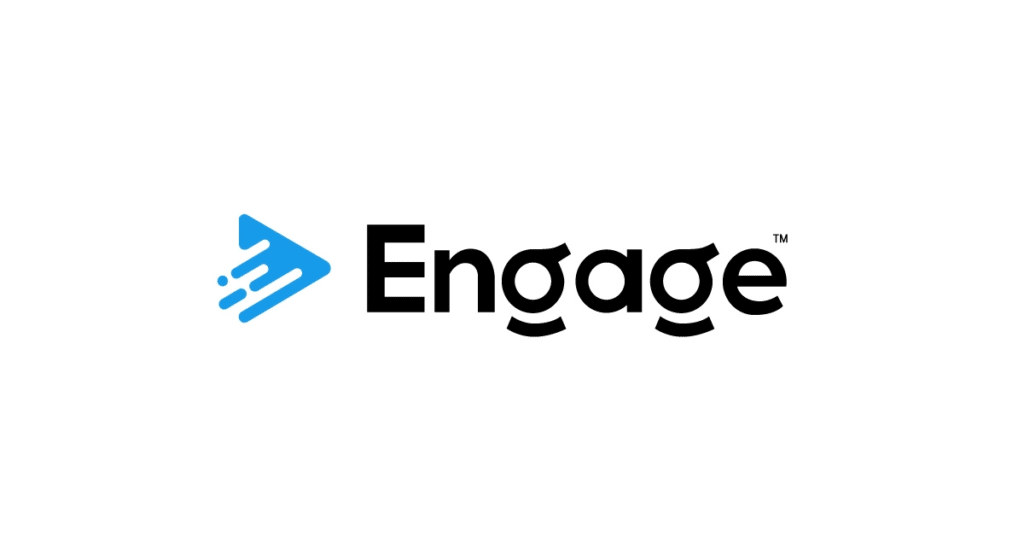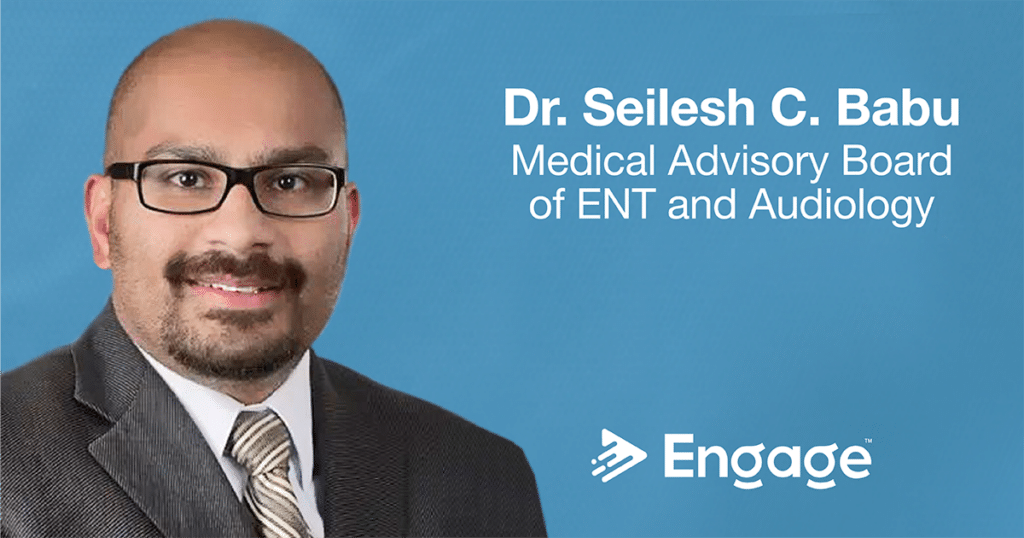The smartwatch and fitness tracker revolution shows no signs of slowing down. With an increasing number of consumers taking an active role in their health, it’s no wonder that the adoption of wearable devices has continued to grow. In 2023, it’s estimated that over 25% of the US population will use wearable devices, with a staggering 80% of consumers willing to wear medical monitoring devices.
Wearables and Medical Monitoring Devices
The most common wearables are devices like smartwatches and fitness trackers. These devices track various health metrics and help users achieve their health and fitness goals. Medical monitoring devices, on the other hand, take it a step further by sending real-time data directly to healthcare providers, allowing patients to receive care from the comfort of their own homes.
Fitness Trackers
Fitness trackers are the simplest and most basic wearable devices. Worn around the wrist or ankle, they record a user’s heart rate, step count, and physical activity. They provide goal-based notifications and help users stay motivated to track and achieve their fitness goals. The FitBit is one of the most popular fitness trackers, known for its ease of use, long battery life, and slim design.
Smart Watches
Smartwatches offer a wider range of features and functionalities compared to fitness trackers. They can track steps, heart rate, oxygen levels, and physical activity, and also provide notifications, send messages and make phone calls, navigate with GPS, and run third-party apps. Some smartwatches even have fall detection, cardiac event detection, and emergency response features, making them a literal lifeline in times of need. For example, the Apple Watch has added the Cycle Tracking feature, which predicts and notifies users of their ovulation window, and its blood oxygen sensor has been found to be as reliable as a medical-grade device.
Medical Monitoring Devices
Medical monitoring devices are specialized instruments that constantly track a user’s health data. Some devices work with a smartphone or smartwatch to send real-time data to healthcare providers, while others have built-in mobile technologies and can work independently. These devices can monitor various health metrics, including blood sugar levels, blood pressure, heart health, gut health, and more. Some heart monitors even offer software subscriptions that allow users to receive ECG readings reviewed by a certified cardiologist. Medical monitoring devices provide an effective way for doctors to monitor chronic health conditions and prevent major events before they occur.
Biosensors
Biosensors are a new type of wearable that uses artificial intelligence to track changes in certain biomarkers in the user’s body. They can track advanced markers for heart health and major cardiac events, or help athletes maintain peak performance. For example, Nix makes a biosensor that measures sweat to help users stay hydrated, sending personalized notifications to a smartphone or smartwatch. With the rapid advancement in technology, the future of wearables and biosensors is looking very promising.
Looking for a cutting-edge technology solution that can help streamline patient interactions? Engage can help! Contact us today to learn how we can help you elevate your patient engagement and education to the next level.






